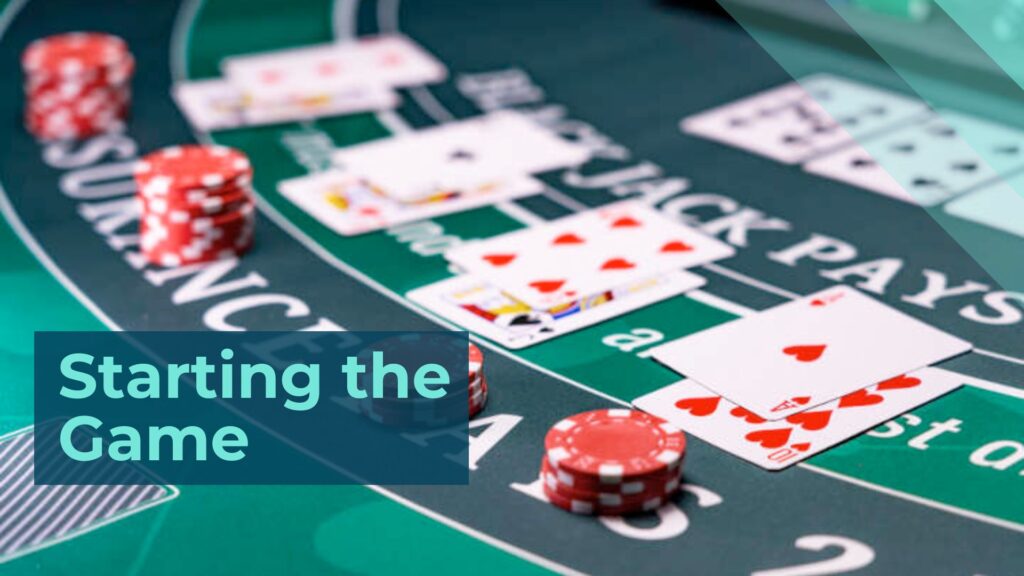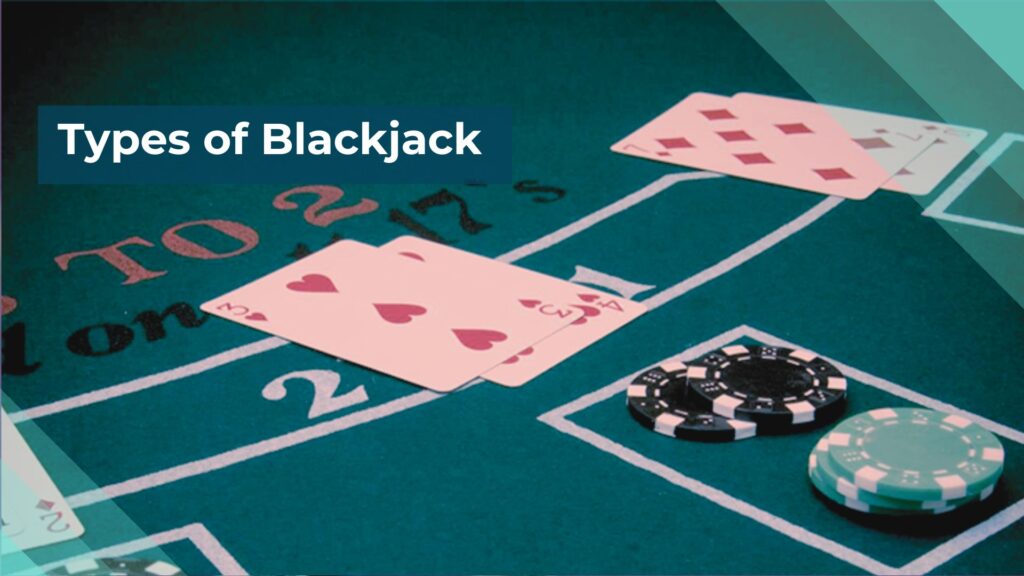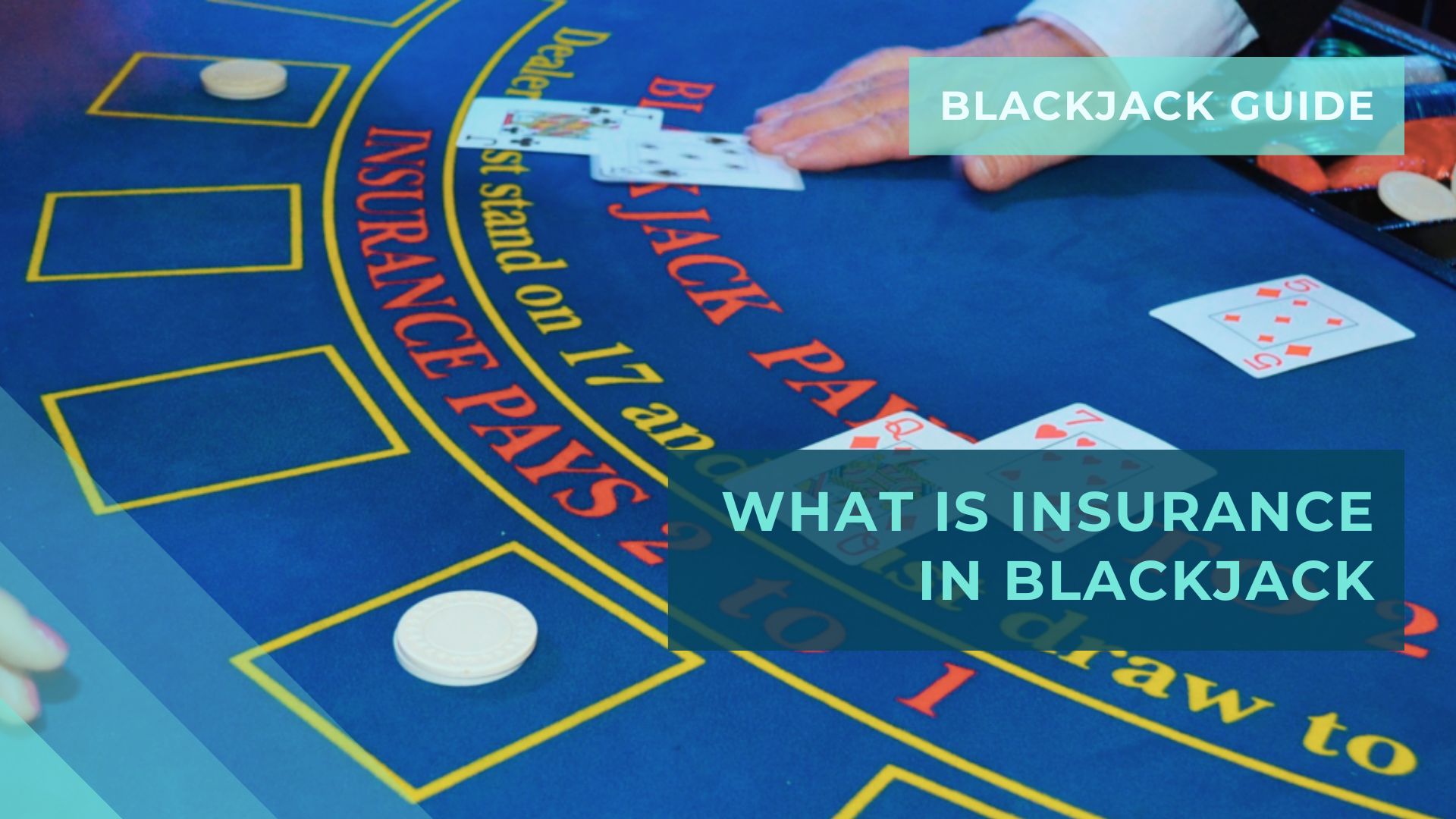This is one of the most popular card games in casinos around the world. Its great popularity is due to the simple rules. As well as the speed of the game and the easiest card-counting strategy. Nevertheless, its popularity is not won at once. The game’s precursor is believed to be the 21 card, which was introduced in French gambling houses around the 19th century. Let’s start with the basics. The basic concepts of the game:
- A player is a participant playing at a table against an croupier;
- Agent – a casino employee who serves as a deck scratcher;
- A set of player or dealer cards. Typically, casino rules do not allow user to touch their;
- Counting – keeping a record of the player’s cards during the game with the subsequent use of this information;
- Game Cycle – starts with the shuffling of the deck and ends with the release of the separating card;
- Shouse – a special device for games in the casino. The deck is shuffled and inserted. From her then comes the distribution;
- Check – flat small object round, square or octagonal shape, which is written on its face value can be exchanged for cash in the casino.
These are concepts that every player should know. In the future they will help you in communication and understanding of other users.
The basic essence of the game of Blackjack
The point of the game is to win from an agent. It’s not about scoring more, as many people think. The game is played with multiple decks (1-8). The fewer there are, the better the chance of beating the agent. The game continues until he reaches a special plastic card in the shuffle, set by him before the bets are made. When finished, when one-third of the deck remains in the special fixture – all are shuffled. If the game is played one at a time, the shuffle takes place after each. The point value of each card:
- D’s to 10’s – 2 to 10, respectively;
- Ace – 1 or 11 (11 until the sum is greater than 21, then 1);
- Pictures – K, Q and J – 10.
Once you know how many points a card can bring you, you can easily keep score during the game.
Starting the Game

If the player and agent have the same number of points in the set, this situation is called “even”. Everyone stays with their bets, no one wins or loses. Although there are exceptions in the casino, and at “even”, the casino wins. The process itself is as follows:
- Players make bets before the start of the deal by placing chips on the appropriate fields of the game table. After the first card is dealt, user are not allowed to stake or touch their checks;
- The agent deals to all (usually from 1 or 2 decks, but more often from 4 or more): two to each player, himself deals 1 card (in some countries it is customary to deal the agent two, one of which is open, and another closed). All available cards are dealt at once;
- If a player has 21 points left after receiving it, this situation is called a game. In this case, the winner is immediately paid 3 to 2, which is 1.5 times his bet. An exception to this is when the first open card of an agent is a 10, a picture or an ace. In this case there is a chance that he will have such as well, so the player with 21 is asked to either take his winnings 1 to 1 or wait until the end of the game (and he doesn’t have 21, his winnings 3 to 2);
- Next, users who don’t have it are offered a choice: take another card (in this case, they must tell the agent about it). The second option is to stay with the existing and the number of points he already has. In this case, the player must tell the agent what he is missing or enough;
- As a rule of thumb, if a user has a total of 21 points after taking a new card, the agent does not ask for more. He moves on to the next in line. If the user point total after taking a new card is more than 21, it’s called “overshooting”. The agent says so and withdraws the player’s bet in favor of the casino;
- If an agent has 21 points in the first two cards, all players except those who have the same, lose. The rest stay with their bets. Unless they decide in advance to take their winnings 1 to 1 or unless they have insured their combination;
- In some cases, depending on what cards a player is holding, the agent may offer additional options;
- After all users have finished taking cards, the agent surrenders them to himself. The general rule of this game is that he must stop as soon as he reaches a number of 17 or higher. He must also draw until he reaches that number. The rule may vary from company to company. Also, does the agent have to stop in a situation where he has an ace and a six. This rule is usually written on the game table or in the description.
When summing up the results at the end of the round, other players’ cards are irrelevant to you. The game is played only against an agent, that is, only your and his points are compared. Everything else doesn’t count.
Additions
Yes, that is not the basis. However, because of the proliferation and ability to influence the game, you will find it useful to learn these additional rules of the match:
- Splitting by 2. If a player has 2 cards of the same value in his set, the agent offers the user this option. That is, turn them into 2. In this case, the player stakes on the game table, equal to the previous bet. The agent divides the cards into 2 sets. Then deals 1 each and continues the game with the player. The impression is that there are 2;
- The only exception is when a pair of top cards is shared: in this case the player is dealt 1 more to them. After that he can’t take any more, but he can divide them (often this is allowed only once). If the second cards are dealt a pair again, the agent proposes to do this procedure again (the rules either limit the number of these actions or not, but the number of ace splits is stipulated separately);
- X2. The player can multiply the bet and still get exactly one card. Some allow this only when he has 10 or 11 points in a set (or even 9 in some cases). Some allow x2 after division;
- X3. The player can multiply the bet again, equal to the original stake, already after he has made x2. And get another card. Occurs rarely and is not generally accepted;
- Refusal to play. In some rules, the player is allowed to withdraw half of his bet after the first 2 cards are dealt. If he thinks his set is bad (allow forfeiting against an uncovered ace in an agent’s set). This is an early forfeit. Late is when the game is played by the ground rules. It occurs only after the agent sees a hidden card (if it is an ace or 10).
These are all the options you need to be aware of before you sit down at the table offline or online. There is no difference.
Insurance in Blackjack
If the agent’s first revealed card is an Ace, he may offer players this service. If someone agrees, make an additional safe bet equal to half of the original deposit. If the agent has a natural 21, the player loses his main game stake. And at the same time wins. The safe is paid at a rate of 2 to 1, meaning that if it is played, the player keeps his money. If the agent does not have this game, the user loses his saved bet. And despite this, he continues to make his main choice. A special case of safe betting is the equal money situation, which is offered if the player himself has a point in the set and the agent’s open card is an ace. It offers the player an immediate 1-to-1 win (instead of the usual x1.5 payout for 21). Accepting such an offer is equivalent to being safe. The probability is usually close to 5/14 (different because of some cards on the table), so choosing this favor or taking equal money is only beneficial when the deck has a surplus of tens. Discarding cards. The player can no longer do this with respect to the one he took.
When to do insurance in Blackjack
There is only one situation where a player should consider insurance. If you have 21, you will want to protect it to make a guaranteed profit. The prize is paid out 3-2 and is quite rare. If you are unlucky enough to get 21 at the same time as an agent, it is called a draw. Tie Means that you won’t get any money for your points. If you make an insurance bet in this situation, you will still draw, but you will get an insurance of 2-1. If the agent doesn’t have 21, you will lose your insurance bet, but get a 3-2 win for it.
Types of Blackjack

If originally there was only one type of this game, now there is another. Let’s characterize both:
- Basic: With one card of 1 agent and 1 hidden. When an ace or ten is revealed, he looks at the hidden one and, if he has a point, the game stops;
- European: The agent takes a second card after all players have finished their set. If he has a point, all extra bets go back to the rest (except “insurance”).
Information about what kind of view you have in your city or country can be found on the official casino sites with blackjack.

